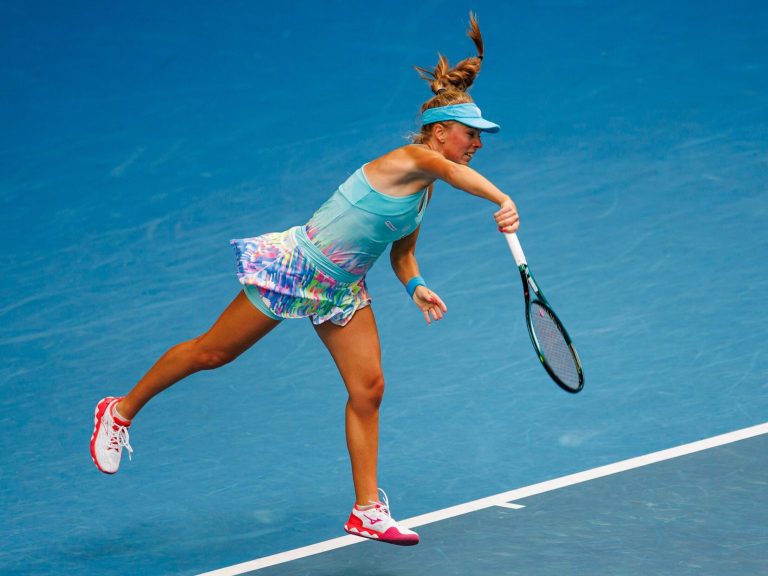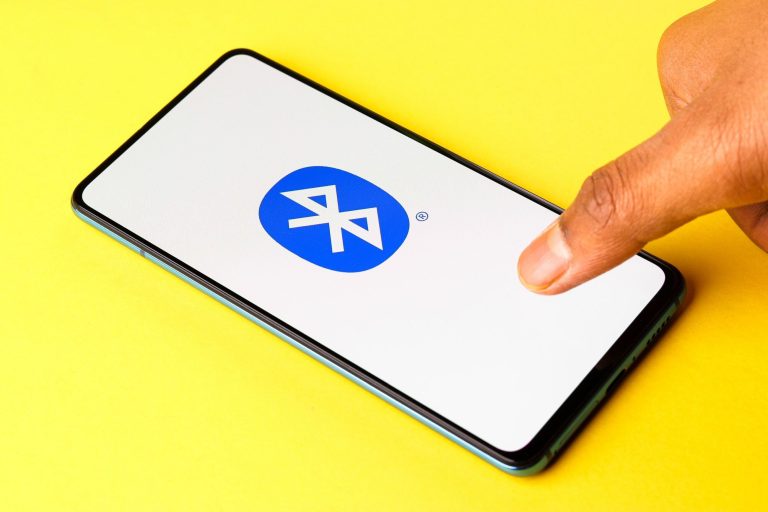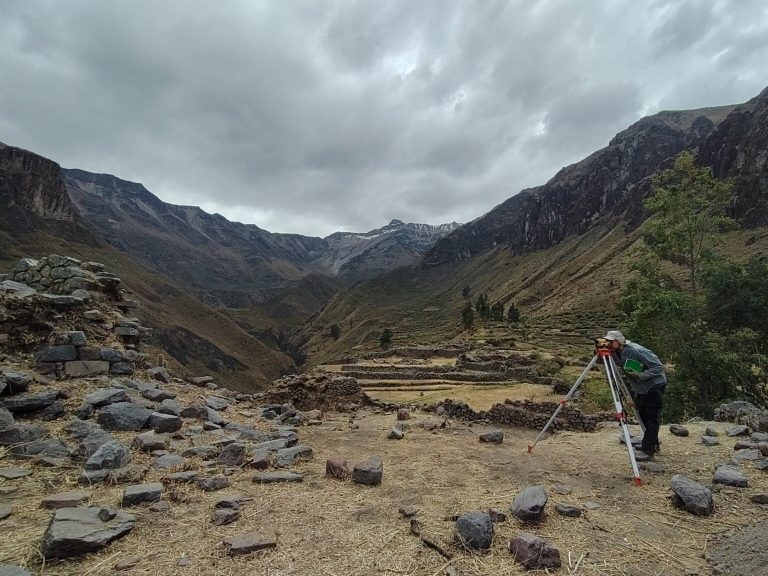Polish archaeologists work in many places around the world. “We conduct diverse research”

– The change that has taken place in our research is inviting more specialists who are not archaeologists to our work – admitted Dr. Mariusz Gwiazda from the Center of Mediterranean Archeology of the University of Warsaw in the podcast “People of Science”. We talked with the co-head of the expedition in Berenike about the research of Polish archaeologists around the world.
The guest of the next episode of the “People of Science” podcast produced by “Wprost” as part of the “Science is a Polish specialty” series was Dr. Mariusz Gwiazda, assistant professor at the Center of Mediterranean Archaeology, University of Warsaw. Dr. Gwiazda, co-leader of the Polish-American expedition in Berenike, an ancient port on the Red Sea, told us about the research of his team, about the activities of PCMA UW and about contemporary Polish archaeology.
We invite you to listen to the entire Wprost podcast “People of Science”:
Team of Dr. Gwiazda studies archaeological remains at the Berenike site dating from the period after the withdrawal of the Roman administration and army from this area at the end of the 3rd century. “The void left in this place has been filled by the local people. We know from written sources that they were Blemiowie. They are a nomadic people who, if you believe Greek sources, are mainly engaged in robbing the inhabitants living in the Nile valley – said the guest of the “People of Science” podcast.
Ancient Berenice
However, the archaeologist immediately explained that the truth was more complex. – Filling the gap left by Rome, the Blemias had to take control of the port in Berenike, which acted as an intermediary in the large-scale exchange of luxury goods between the Mediterranean and the Indian Ocean. We are talking here about the coasts of India, Pakistan, and also East Africa, where expensive spices, textiles, ivory and semi-precious and precious stones were available. All this passed through the hands of the Blemias at that time, which of course enabled them to develop their economy, resulting in the tombs that we explore – he said.
The archaeologist emphasizes that due to its commercial role, Berenike is a unique place. “All those goods that had a destination, whether on the Apennine Peninsula or in Alexandria, remained in small quantities at this site,” says Dr. Gwiazda, listing such finds as numerous silver decorative objects, ceramics, oil lamps, wine amphorae, remains of spices and all sorts of exotic plants.
– Texts written either on stone or in fragments of ceramic vessels testify to the presence of at least a dozen linguistic and ethnic groups in this place. This is a really unique situation – emphasizes the archaeologist.
Research in Berenike has been going on for many years, and yet scientists have unearthed only 1-2 percent. total area of the city.
Modern research methods are also used in Berenike. “We could use magnetic research on a large scale. With the help of Tomasz Herbich from the Institute of Archeology and Ethnology of the Polish Academy of Sciences, we managed to map the entire surface of the ancient city – admits Dr. Gwiazda. – A magnetometer is used for this and maps 10-meter squares into which the site is divided. In this way, we gain insight into what is under the surface – explains the archaeologist. – This allows us to recreate a quite accurate plan of the arrangement of various buildings and the mutual relations between them on a very large area, without even digging a spade in an inch – he adds.
What does a typical day for an archaeologist look like?
However, archaeological research is largely excavations. We asked Dr. Gwiazda what a typical day looks like for an archaeologist at a site in Egypt. He admitted that due to the temperatures, work begins at dawn.
– We go to the field, where we excavate individual structures together with the workers. Of course, in the meantime we have breakfast breaks. When we finish the excavation work, the intense physical part, i.e. about 6-8 hours a day, we have time for a moment of rest, but then we return to intellectual and documentation work – says Dr. Gwiazda. – We fill out excavation cards that allow us to record all the details related to the layers being explored or to organize them. We organize photographic documentation, make drawings, create three-dimensional models of the objects we explore, so that we can preserve for the next generations what we discovered at the time of unveiling in the highest possible quality, he adds.
The archaeologist admitted that this work is always associated with a certain destruction. “Therefore, it is our duty to document everything in such a way that it can be reconstructed and duplicated in the future,” he emphasizes.
Dr. Gwiazda is also involved in a project involving the development of a virtual walk around the ancient port of Berenike. – For this purpose, we use 360-degree cameras, very similar to those used in the virtual reality system at Google Maps. This is also supposed to be the effect that it will be possible to walk around the stand along designated paths in the Google Maps system, so that you can see the most interesting objects – he admitted.
Of course, research in Berenike is not the only activity of the Center of Mediterranean Archaeology, University of Warsaw.
– At present, the Center of Mediterranean Archeology is carrying out about 20 excavation projects in seven countries. It is e.g. Tunisia, Lebanon, Georgia, Cyprus, Egypt, Sudan. These are very diverse studies in terms of chronology and the subject matter they raise – admitted the archaeologist. “It’s really a very broad spectrum.” If we tried to look for another institution in the world that conducts so much research, it seems to me that it would only be the German Archaeological Institute, which is part of the German Ministry of Foreign Affairs – he added.
On the future of archaeology
And how has archeology changed with the development of technology? – On the one hand, there has been an improvement in our documentation methods. These are the mentioned magnetic tests. These are new methods of registering monuments, creating three-dimensional models, whether using scanners or simply photos – says Dr. Gwiazda. – A change that has also occurred in our research is inviting more specialists who are not archaeologists to our work. These are geologists, medical specialists, as well as mathematicians and physicists who help us invent new ways to analyze the data we collect, and of course chemists who allow us, for example, to determine what elements were deposited in which archaeological layers – he lists.
We also asked an archaeologist from PCMA UW about how he imagines the future of archaeology. – I think that we are not able to predict exactly in which direction it will go, but it is indisputable that we will use the achievements of other scientific disciplines on a larger scale. We will use a wider spectrum of analytical approaches, which will provide us with more and more detailed data, predicts the archaeologist. – We are already at the stage of creating gigantic databases containing information that is already the subject of statistical analyzes rather than studies typical of the past archaeology, in which attention was paid to one discovered artefact in its specific context. Now we are trying to collect as much reliable data as possible, which in many cases must already be processed by computer systems. We also use artificial intelligence for this purpose, he says.
Dr. Gwiazda admitted that it is becoming common to use artificial intelligence to identify sites based on satellite images, including color differences visible on the Earth’s surface, or differences in terrain.
“These are directions that will certainly become popular” – emphasizes the archaeologist. “But at the end, we still need to dig up a certain area, obtain specific information that, for example, will allow us to date what we see on the surface” – he adds.
Podcast “People of Science” is created in cooperation with Studio Plac.





